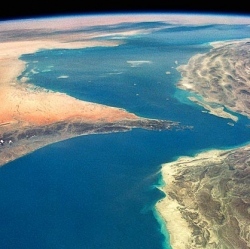
Despite half a century of rushing about the Solar System, the Space Age has been a spectator sport for most of humanity. On Wednesday, at a press conference at the Museum of Flight in Seattle, Planetary Resources announced its plans to launch a crowdfunded version of its Arkyd 100 space telescope satellite on Kickstarter that will allow donors to beam back self-portraits from space and even control the telescope.
According to the Washington-based startup asteroid-mining company, the Kickstarter campaign is meant to promote public support and participation in space exploration and asteroid mining in particular.
"It’s not about the money, it’s about proof of interest," says Eric Anderson, Co-Founder and Co-Chairman of Planetary Resources.
Planetary Resources is trying to raise US$1 million for the space telescope, with funds to go toward launching the telescope and covering the operating budget as well as the creation of a web interface and app. The money will also be used to pay the cost of services offered to contributors and to develop an immersive educational curriculum for students. Anything over the goal will be used to expand the program.
Depending on donation levels, contributors will have the opportunity to not only help pay for the telescope, but also to use it by buying observation time. The company says that the interface and app for controlling the craft will be simple to use, yet provide the precision required by scientists.
Another benefit is that contributors will be able to take self-portraits from space. The idea behind the "selfies" is that what people are most interested in is our presence in space. "We all like to see the thing that humans made out in the Cosmos," said Chris Lewicki, President and Chief Engineer.
Toward this end, the satellite will be equipped with a digital display and a camera on a boom that allows the satellite to take self-portraits. For a minimum US$25 contribution, people can send in an image that will be displayed on the telescope’s screen, while the camera takes an image with Earth in the background.
